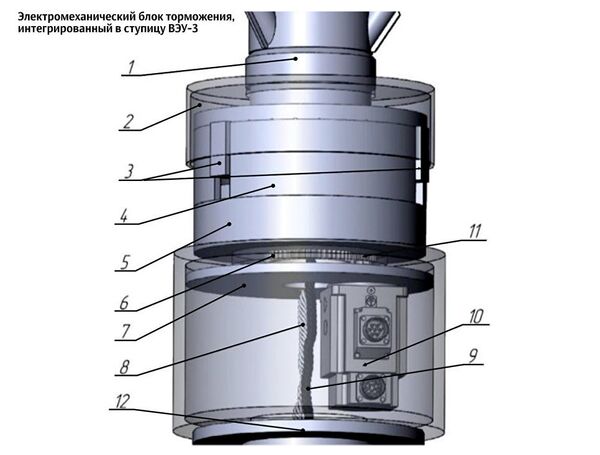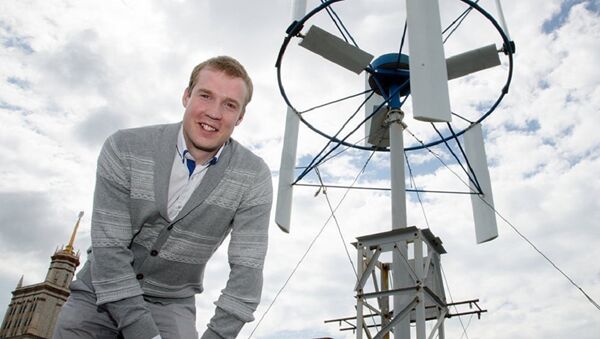In some areas along the Russian Arctic coast, wind speeds regularly exceed 5-7 m/s, an extremely favorable indicator for the cost-effective use of wind energy.
Russian engineers conducting tests in the Kanin Peninsula, a large Arctic territory in the Nenets Autonomous Region bordering the White and Barents Seas, have found that not a single foreign wind turbine could withstand wind speeds in local conditions. This, scientists said, was an indication that their onboard speed-limiting systems were not effective, and designed for work only in 'hothouse conditions.'
Accordingly, one of the key challenges for a team of scientists from South Ural State University in Chelyabinsk, Russia has been to come up with an effective mechanism for limiting the power sent from the turbine when wind speeds reach above 11 m/s. The team specializing in wind power has created a unique electromechanical control system which can slow down the rotor, preventing it from reaching dangerous speeds.
The unique nature of the system developed by the Russian scientists consists of its low use of small amounts of power from the generator itself for braking. The completely automatic control system consists of a combination of mechanical and electrical blocks, a programmable microcontroller, and a set of sensors which monitor the current state of the wind turbine's main components.
"In the Arctic, such a system can pay for itself in the space of a week or a month, following the first wind storm," Sirotkin explained. "The cost of our electromechanical system will be only 2-3% that of the total cost of the wind turbine, and will have a service life of 35 years."

The scientist emphasized that in areas without a power grid, the cost of electricity generated from wind turbines is just 5-10 rubles per kilowatt-hour ($0.08-0.16 US), far below the cost of energy produced by diesel generators, which can reach up to 80 rubles per kWh ($1.33), and aren't suited for year-round use in harsh Arctic conditions.
The scientists say they are already conducting joint scientific work with their US counterparts, and that Japanese investors are interested in the development of vertical axis wind turbines.
"Horizontal axial wind turbines were developed long ago; their designs have been fine-tuned and worked out. But vertical axis turbines are only starting their development, and this is a very large field of research. Such turbines can be placed on the roofs of buildings, and close to residential areas. Because they do not create vibrations, they do not create infrasonic noise," Sirotkin said.





